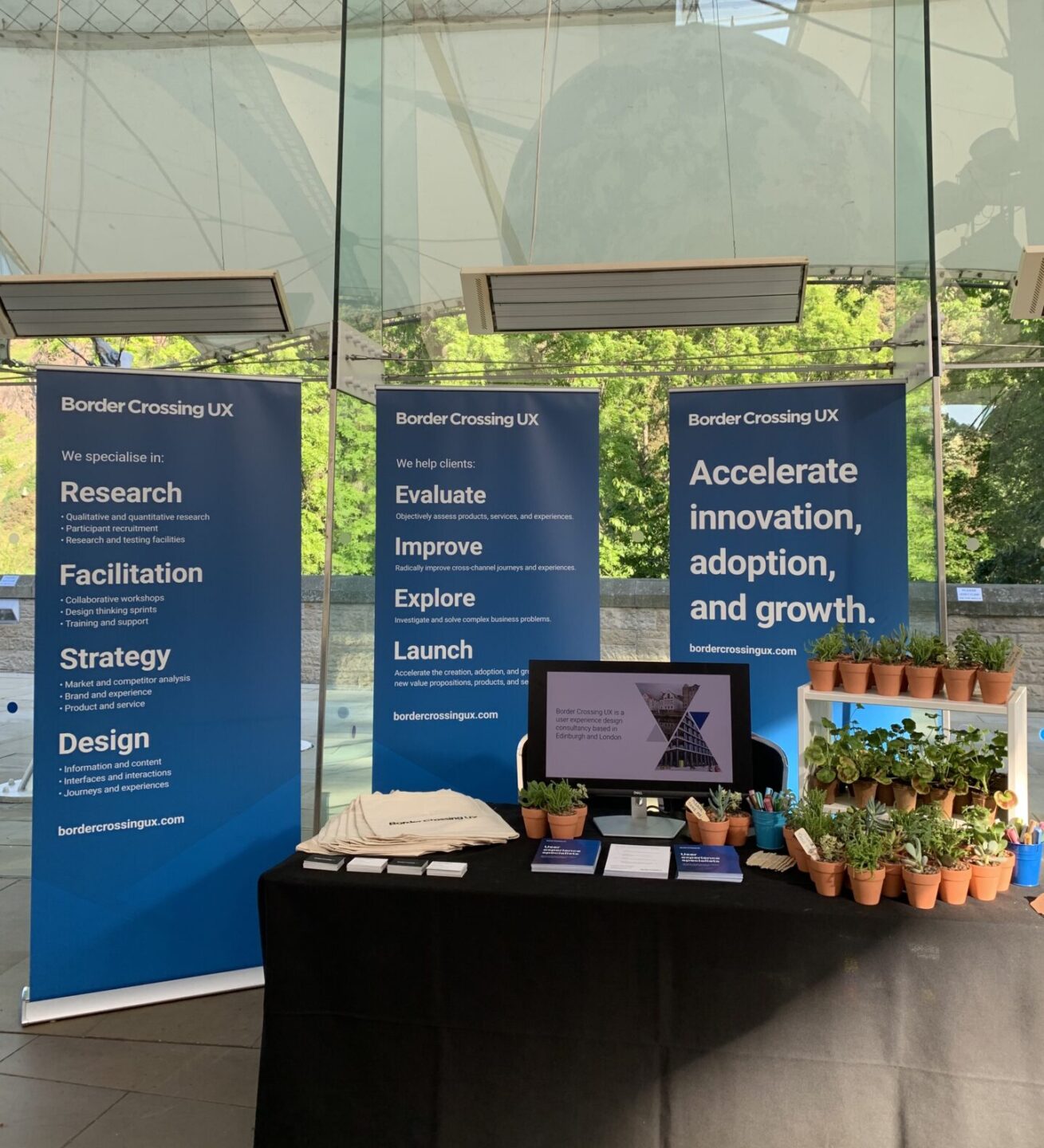Making the right impression the first time whether online or offline is the best way to drive sales. As a user experience specialist, I have been interested in the way that customers now interact with retail companies using both online and offline touch points to research, validate and make purchasing decisions. With each new development of technology our purchasing patterns change and our experience of buying products and services is (hopefully) being enhanced.

That’s why I was delighted to be asked to write an article for The Edinburgh Chamber of Commerce‘s magazine: Business Comment on online and offline retail.
So, how do you know if your online business is helping or hindering you offline?
The term I have regularly heard banded around marketing companies and digital agencies last couple of years was ‘omnichannel’. With exciting events and conferences challenging companies and brands to take an ‘omnichannel’ approach, the more I heard it the more of a misnomer I thought it was. How can you possibly have an effective ‘omnichannel’ approach when there are new channels being developed every day!
Secondly to this in my research with customers I have discovered very few actually want to interact with brands and organisations across all their channels: the reality of business in our connected world is that people want to choose how they interact and how they buy. It is more about convenience then speed or avoiding a physical location.
So, how should I view my online/offline sales approach?
I recommend you think about your ‘cross-channel’ or ‘continuum’ experience: what you want to achieve with it and how you will measure its success. There are four key steps to mapping out your approach:
1. Choose your continuum
Identify which channels you can effectively manage and use to communicate with your audience. These channels should be different depending on your business and who you are trying to reach. The key here is which channels you can manage. We are all time poor so don’t think you can cover all the bases! Think about which you can manage well, and this should form your continuum.
2. Brand consistency throughout the continuum
We are now all trained to recognise brands. So, your brand needs to be consistently represented across your continuum – both online and offline. This means using the same logo, tagline, colours and tone of voice are imperative. It lets your audience know that it really is you with the least cognitive load possible. This will garner trust with them sub-consciously. So, they can focus on your message as opposed to working out who is delivering it.
3. Manage your customer’s expectations
Banks are experiencing issues with their in-branch customer service. We are used to online banking. And we get frustrated that it can take 10 minutes to complete a task in branch. So even though we are being serviced faster in branch, the speed and ease of which we can now complete online banking tasks is having a real impact on our perception of offline banking. Now you can’t necessarily mimic your online and offline service offering – there are always queues in real life – but you can manage their expectations by letting them know how long the wait will be or offering an alternative way for them to complete their task.
4. Measure what is working and what is not
Work out what you need to track and measure to deliver real business insights. Whatever you are measuring – make sure that it is meaningful to the business; ties back to your overriding objective; and allows you to identify what is working and what is not. This way you can be confident to try new ideas and tactics and should see the impact that they have on your business. When something works you can double down
Want more information or help with your Customer Continuum?
You can read my full article on page 42 and the rest of the wonderful Business Comment online or sign-up to become a member of the Edinburgh Chamber of Commerce and you will receive this publication 6 times a year as one of the many member benefits.
Or if you want to talk about your specific customer journey or sales filter you can email me.


